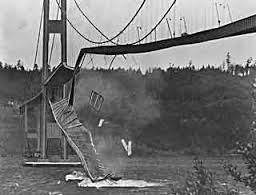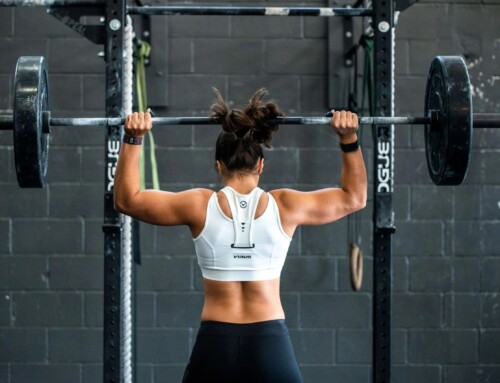Stretching –
The Long and The Short Of It
Ditch The Stretch
Flexibility is an overrated aspect of fitness. If you are more flexible, what does that really mean? It’s important to understand that muscle is the only elastic component of a joint. The ligaments, tendons and bones are only elastic in a minuscule amount.
Since muscle is elastic, then muscle tissue is really the “flexible” part of the body. You have a genetically determined muscle belly length at each joint (the muscle tissue portion of a joint’s structure). The logical conclusion is that proper training of the muscle will provide the most flexibility of that joint.
As example, we have found that the people with the greatest shoulder flexibility in the Pullover machine are the ones with the longest muscle bellies in the shoulder girdle. And, as Ken Hutchins points out in Renaissance Exercise:
“Those subjects with the greatest potential for muscle size and strength exhibit the greatest flexibility!”
Mr. Hutchins also uses a great analogy in The Old Man Image. I’ll highlight parts here:
“…consider a man who can walk, but barely shuffles across the floor. Assume no other physical debilities…it appears that his inadequacy is flexibility.
…place him on a strengthening program…squats, overhead press, etc…As expected he will become stronger. And he will regain most, if not all of his functional flexibility.”
Strength to The Rescue – Again
So, becoming more flexible is a condition of becoming stronger. Not the typical story wielded by Pilates enthusiasts who want you to use gentle, long movements to firm, tone and “lengthen” (sorry, not possible) your muscles to become more flexible like a ballerina!
For rehabilitation of a various physical debilities, stretching is indeed needed and useful. Far exceeding the functional joint ranges, and the joint derangement that comes from it, cannot lead to clear reduction in injuries to joints. Instead, it usually will provide the potential of detrimental laxity in the joints which can lead to instability of that joint. Not a good idea!
Suspension Bridges Are Strong And Flexible
 Finally, a bit of physiology to make a point. Your knees are over 50% supported by muscle for their stability. In your shoulders it’s roughly 90%! These joints are mostly suspensions. The muscle tissue is what keeps these joints functional, tracking properly and subsequently, keeps you pain free. It’s the muscle strength that will protect your joints and keep you flexible, not simply stretching those muscles and joints to oblivion.
Finally, a bit of physiology to make a point. Your knees are over 50% supported by muscle for their stability. In your shoulders it’s roughly 90%! These joints are mostly suspensions. The muscle tissue is what keeps these joints functional, tracking properly and subsequently, keeps you pain free. It’s the muscle strength that will protect your joints and keep you flexible, not simply stretching those muscles and joints to oblivion.
Please keep proper strength training in your weekly regimen, control your intake of unhealthy foods like flour and sugar, and you’ll likely experience greater flexibility and joint stability as you age. Oh, and ditch the Pilates group class.





